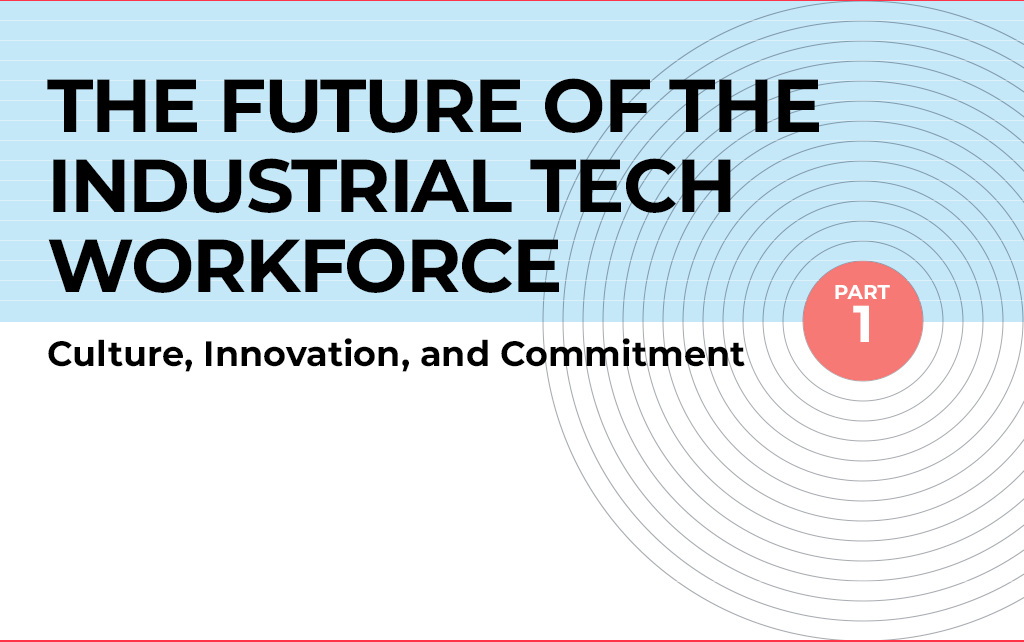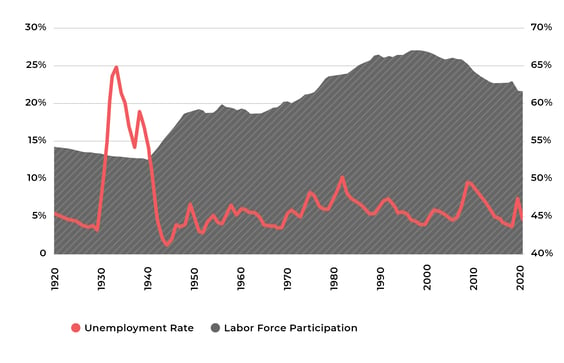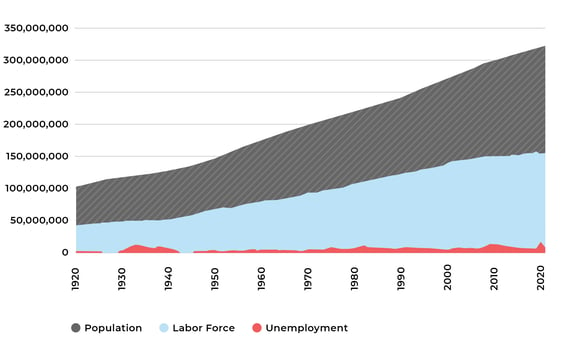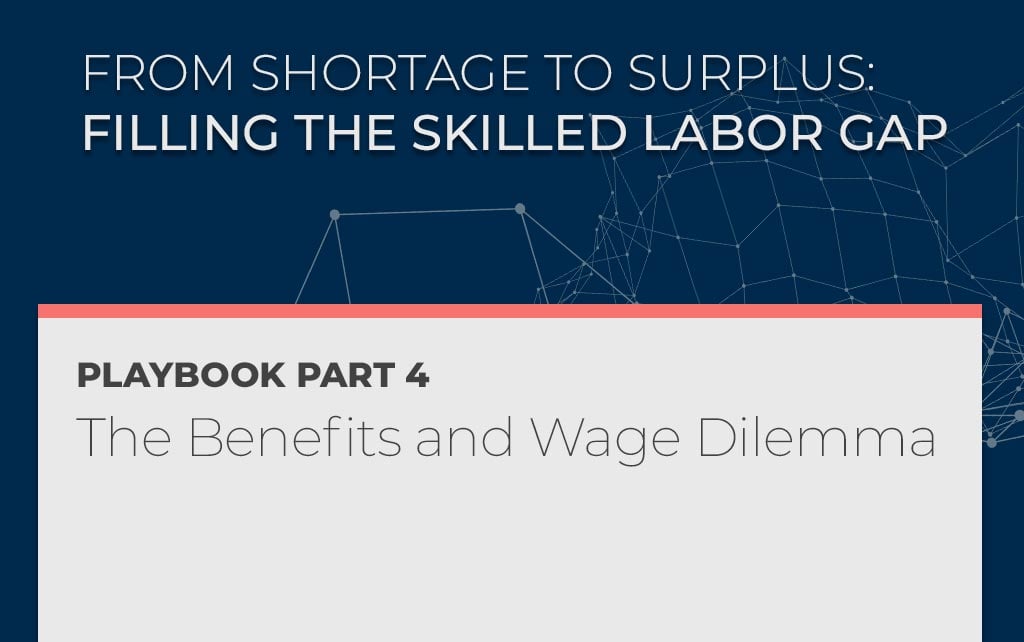
-
Engineering Tomorrow: McDanel Optics For High-Performance Glass & Sapphire Solutions
Artemis industrial tech portfolio companies specialize in embedded technologies...
-
Engineering Tomorrow: McDanel Advanced Material Technologies
Artemis industrial tech portfolio companies specialize in embedded technologies...
-
Part 4: The Benefits and Wage Dilemma
In Part 4 of our Industrial Tech Skilled Labor Gap Playbook this week we introduce, The...




